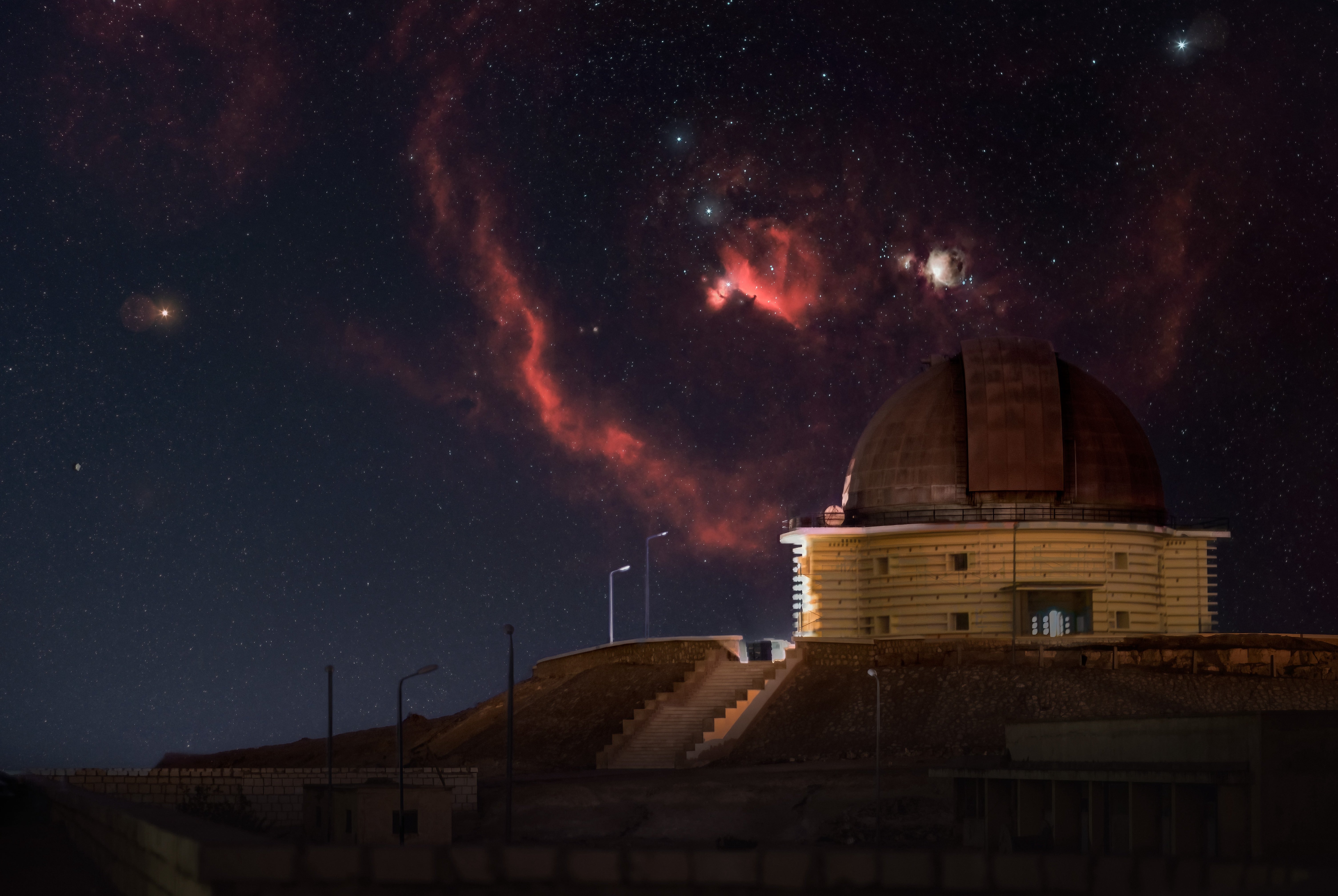
From our earliest ancestors on the plains of Africa to astrology and finally to modern science, humans have always looked up to the sky. It’s easy to imagine that Sahelanthropus tchadensis, our earliest hominin ancestors thought to have walked upright, may have looked up at night 7 million years ago and wondered about the nature of the bright band and milky clouds that they saw in the sky.
From those beginnings, our methods of observing and understanding these glowing objects suspended above us have developed immensely. Ancient cultures throughout the world carefully recorded the motions of the stars and planets and became intimately aware of their relationships, using them to keep time, navigate, and frame their understanding of the world.
The telescope was first patented by Dutch eyeglass maker Hans Lippershay in 1608 and invented around the same time independently by others. And the English observer Thomas Harriot was the first (that we know of) to turn a telescope to the Moon and sketch a map of what he saw. But it was Galileo Galilei who, on Nov. 30, 1609, in Padua turned a telescope to the sky and went on to publish what he saw: the mottled nature of the Moon, the phases of Venus, and the moons of Jupiter orbiting their host planet. This set the stage for the scientific revolution and ushered in a new era of telescopic observations of the deep sky.
The next great technological advance in the history of astronomy came in the 1860s with the advent of spectroscopy, which allowed astronomers to break down light into its constituent wavelengths and deduce, for the first time, what chemicals are present in the stars. The name of the element helium — the second most abundant in the universe — is derived from the Greek helios, for the Sun, because it was first found in the spectrum of our star, 93 million miles (150 million kilometers) away.
Today, we understand that some of that star stuff is within us, we are beginning to understand the fate of the cosmos, and the technological leaps and bounds that are pushing astronomy forward show no sign of abating.
Follow Astronomy magazine, the world’s best-selling astronomy magazine:
🌎 Website: https://astronomy.com
📖 Subscribe: http://subscribe.astronomy.com
📘 Facebook: https://www.facebook.com/AstronomyMagazine
📸 Instagram: https://instagram.com/astronomy.magazine
🐦 Twitter: https://twitter.com/AstronomyMag
Shop Celestron telescopes:
🔭 Website: https://celestron.com
Follow Dave Eicher:
📘 Facebook: https://www.facebook.com/davidjohneicher
📸 Instagram: https://instagram.com/eicher.david
🐦 Twitter: https://twitter.com/deicherstar









